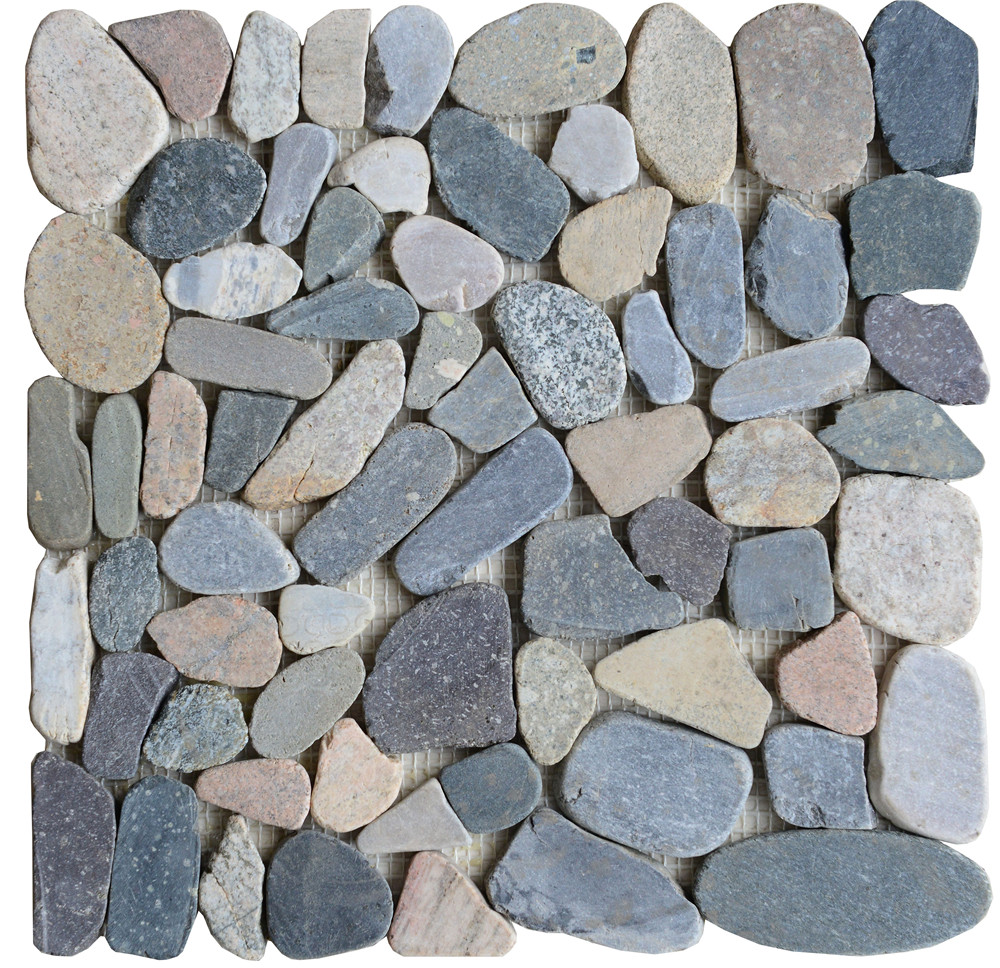Introduction
Cultured stone pillars have been a staple of architectural design for centuries, adding a touch of elegance and grandeur to buildings and outdoor spaces. These pillars are crafted using a blend of natural stone aggregates, pigments, and cement, resulting in a durable and versatile material that closely mimics the look and feel of natural stone. In this article, we will explore the history, characteristics, and applications of cultured stone pillars, showcasing their enduring appeal and timeless beauty.

History of Cultured Stone Pillars
The use of stone pillars in architecture dates back to ancient civilizations, where they were employed for structural support as well as decorative purposes. The Greeks and Romans, in particular, were known for their use of intricately carved stone pillars in temples, palaces, and public buildings, showcasing the skill and craftsmanship of their artisans. Over time, the art of stone carving and masonry evolved, leading to the development of cultured stone as a more affordable and accessible alternative to natural stone.
Characteristics of Cultured Stone Pillars
Cultured stone pillars are manufactured using a casting process that combines crushed stone, cement, and pigments to create a material that closely resembles natural stone in appearance and texture. This versatile material can be molded into various shapes and sizes, allowing for endless design possibilities. Cultured stone pillars come in a wide range of colors and finishes, from classic white marble to rustic limestone, making them suitable for both traditional and contemporary architectural styles.
One of the key advantages of cultured stone pillars is their durability and low maintenance requirements. Unlike natural stone, which can be prone to cracking and weathering over time, cultured stone is engineered to withstand the elements and retain its beauty for years to come. Additionally, cultured stone pillars are lighter in weight than solid stone, making them easier to transport and install without compromising on strength and structural integrity.
Applications of Cultured Stone Pillars
Cultured stone pillars are a popular choice for a variety of architectural and landscaping applications, thanks to their versatility and aesthetic appeal. In residential settings, cultured stone pillars can be used to create grand entranceways, support structures for pergolas and trellises, or decorative accents for outdoor patios and gardens. Their ability to mimic the look of natural stone allows homeowners to achieve a high-end aesthetic without the hefty price tag of solid stone construction.
In commercial and public spaces, cultured stone pillars are often used to enhance the façades of buildings, create focal points in lobbies and atriums, or define outdoor seating areas and walkways. The versatility of cultured stone pillars makes them a popular choice for architects and designers looking to add a touch of sophistication and luxury to their projects without the cost and logistical challenges associated with natural stone.
Maintenance and Care of Cultured Stone Pillars
While cultured stone pillars are designed to be low maintenance, proper care and upkeep are essential to ensure their longevity and appearance. Regular cleaning with a mild detergent and water can help remove dirt, dust, and other debris that may accumulate on the surface of the pillars. Avoid using harsh chemicals or abrasive cleaning agents, as these can damage the finish of the cultured stone.
In regions with extreme weather conditions, such as heavy rainfall or freezing temperatures, it is important to protect cultured stone pillars from moisture and temperature fluctuations that can cause cracking or discoloration. Applying Roofing Slate For Sale or water repellent coating to the surface of the pillars can help enhance their resistance to water damage and UV exposure, prolonging their lifespan and maintaining their aesthetic appeal.
Conclusion
Cultured stone pillars are a timeless and elegant architectural element that adds character and sophistication to any space. With their durability, versatility, and aesthetic appeal, cultured stone pillars have become a popular choice for homeowners, architects, and designers looking to create stunning and enduring architectural features. Whether used as structural supports, decorative accents, or focal points in a design scheme, cultured stone pillars offer a cost-effective and visually striking alternative to natural stone construction. Embracing the beauty and versatility of cultured stone pillars allows for endless design possibilities and the creation of spaces that exude charm, elegance, and timeless appeal.
